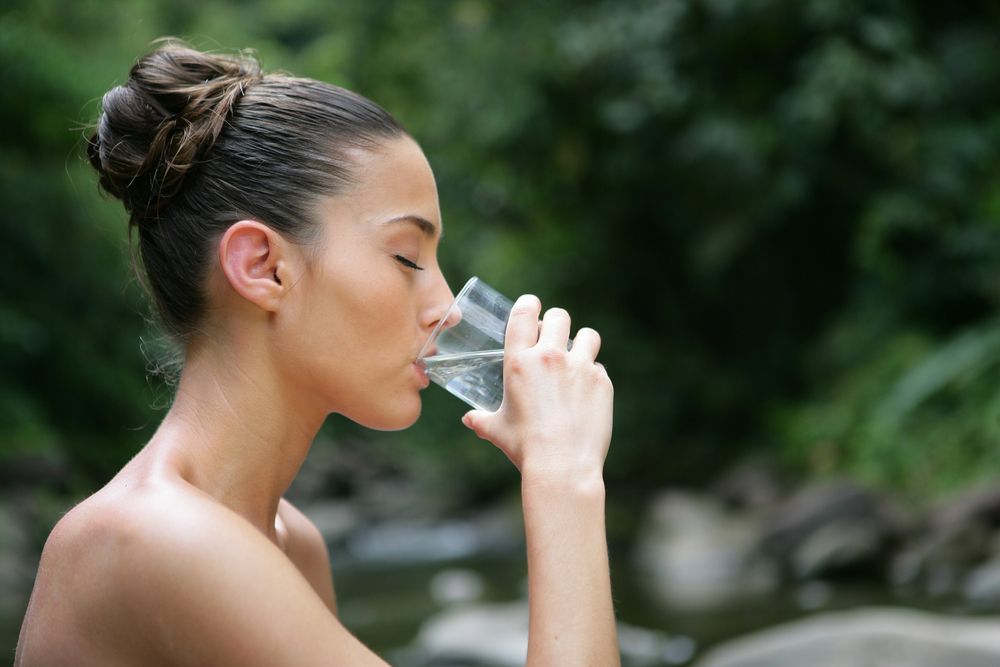Water is essential for good health and well-being. Plain water, however, may not appeal to everyone. As a result, they may seek alternative methods of consuming more fluid. In recent years, water-enhancing products, such as MiO, have gained popularity due to their ability to flavor water without adding sugar or calories.
Adding a flavor boost like MiO could assist in preventing dehydration. If you tend to drink sodas, juices, and other drinks that contain a lot of sugar, MiO could be a great alternative. Nevertheless, it’s unlikely you’ll get much nutritional value from this drink. While the FDA generally recognizes high-intensity sweeteners in flavored water enhancers as safe for the general population, we don’t know all of their effects, especially in the long run. So this leaves us with one question, is mio bad for you?
What is MiO Made With?
According to MiO, three of its product lines – Electrolytes, Vitamins, and Energy – provide 10% of your daily vitamin B3, B6, and B12 needs. There are multiple flavors available for each product line. The artificial sweeteners acesulfame, potassium, and sucralose are typically found in most flavors. Among the five flavors in the MiO Vitamins line, only two are advertised as “naturally sweetened” with stevia leaf extract. The only product line that contains caffeine is MiO Energy. There are eight flavors to choose from, two of which contain coffee, and each serving has 60 mg of caffeine. The Energy flavors also contain taurine, guarana, and ginseng.
Other Ingredients
So, is MiO bad for you? Let’s take a look at some of the more controversial ingredients:
Citric Acid
To preserve freshness, shelf food is often flavored with citric acid. The FDA considers it generally safe, but some health experts say it may cause stomach upset and dental cavities. Currently, ingesting foods with citric acid appears to be safe.
Propylene Glycol
This is a synthetic chemical compound also recognized as “generally safe” by the FDA for use in various things like food and cosmetics. The problem is that it has received backlash since it’s also found in coolants and antifreeze (per CDC). Even though it is widely used, it isn’t considered toxic to humans unless consumed in very large quantities.
Natural Flavors
The use of natural flavors might or might not be harmful. We don’t know because “natural flavors” in food manufacturing can mean many different things. There’s currently no standard legal definition set forth by the FDA. This label may be misleading, unfortunately. A natural essence or extract can include anything derived from nature, but it can also contain artificial and synthetic ingredients and often does.
Can You Drink MiO Regularly?
Depending on your budget and flavor preference, MiO may be safe to use on a regular basis.
Stevia-sweetened versions may pose the lowest risks, according to current research. In addition to Ace-K, sucralose is being investigated for its potential health impact. You should also consider your overall diet and health when considering the question, is MiO bad for you?
Using this product is not the most natural way to increase your water intake, but for some people, using a calorie-free, cost-effective water enhancer like MiO can increase fluid intake and reduce the risk of dehydration.
5 MiO Drink Recipes That Taste Amazing
You can mix and match MiO flavors to create your own unique flavor profile. Here are five other drink recipes you can make from MiO water enhancers:
‘Healthy’ Dr. Pepper
A “healthier” alternative to a regular soda, it’s not an exact flavor copy, but it does taste like diet Dr. Pepper and only takes two ingredients.
- Bottle of Pellegrino (Sparkling mineral water)
- Black Cherry MiO
- Ice
Sugar-Free Vodka Lemonade
This keto drink idea is a refreshing beverage made with only three ingredients.
- Water
- Lemon juice
- Lemon MiO
- Ice
Orange Creamsicle
This sweet, creamy drink works perfectly as a smoothie or a milkshake.
- Orange tangerine MiO
- 1/4 vanilla extract
- Glass of milk
Vanilla Iced Coffee
A perfect pick me up without all the sugar.
- Vanilla Java Iced Coffee MiO
- Coffee or Espresso
- Coconut or almond milk
- Ice
- Whipped cream
DIY Starbucks Pink Drink
This Starbucks Pink Drink Copycat will have you feeling refreshed in no time.
- 3/4 water
- Strawberry watermelon MiO to taste
- Splash of coconut milk
- Add frozen or dehydrated strawberries
- Ice
Takeaways
So, is MiO bad for you? A lot depends on your motives. If you’re someone who rarely drinks water, then drinking water with MiO is certainly better than drinking none at all. However, flavored water alone may not be the best option. It is recommended people drink a minimum of 64 ounces of water a day, potentially more depending on rehydrating needs. There’s no problem if you’re drinking a glass or two, say 16 ounces, of flavored water as part of your 64 ounces. However, plain water should also be consumed.

